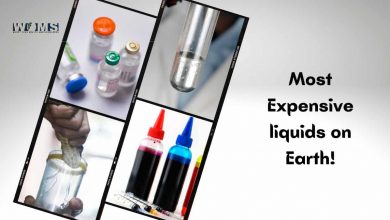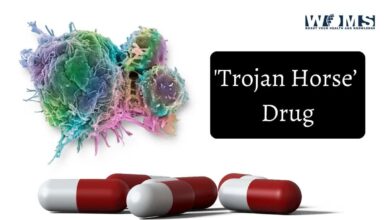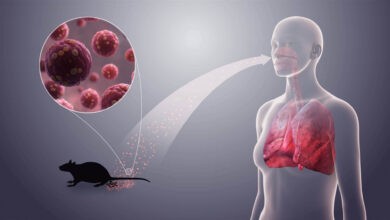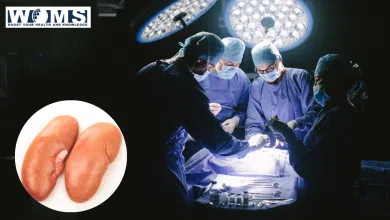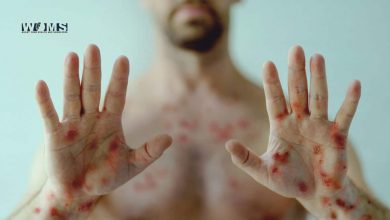Microplastics Found in Human Veins: A New Health Concern
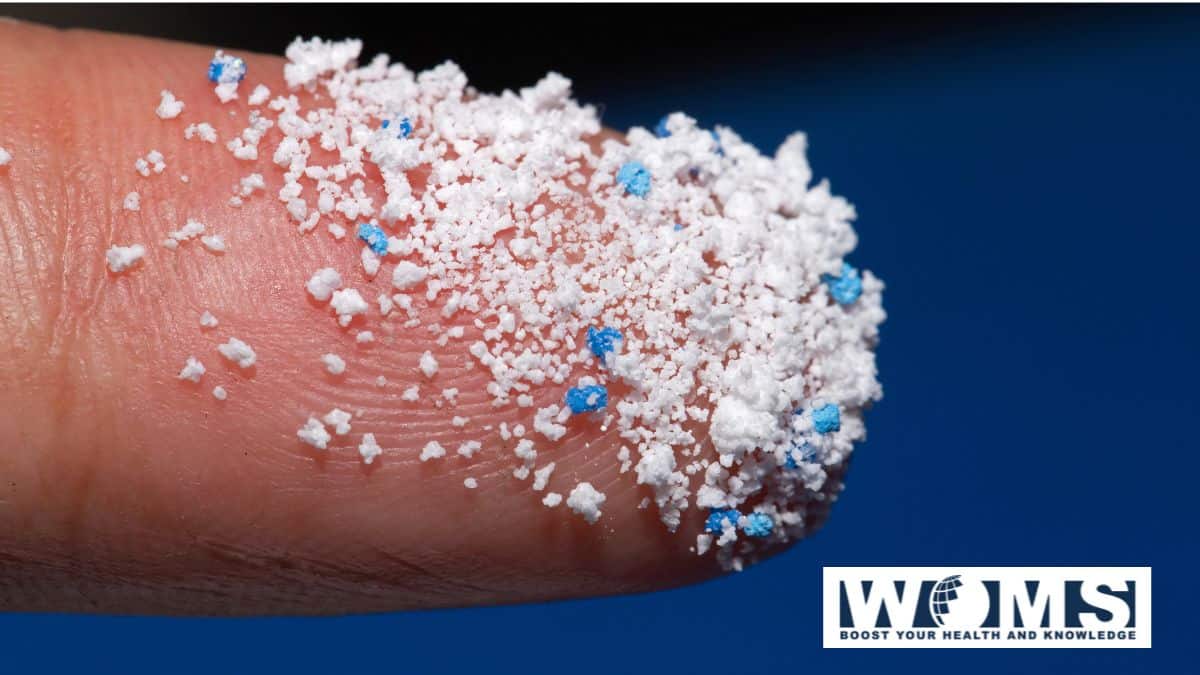
It is not a new concept to get affected by the things we use in our daily life. There are multiple harsh impurities that we utilize daily, indeed affecting our bodies in various ways. New research by scientists claims that microplastics are found in human veins. It is quite scary to even think about the presence of microplastics in our blood vessels. These microplastics can come from different food packaging materials or different paints.
A team of scientists from the University of Hull and Hull York medical school worked together on this research project. They analyzed human saphenous vein tissue, taken from a patient having heart bypass surgery. Moreover, saphenous veins are the blood vessels in the leg area that transport blood from the leg and feet toward the heart. These veins are covered with three layers of tissues and grafted mainly during the coronary artery bypass graft procedures. This team of scientists found almost 15 microplastic particles in every gram of the vein tissue. This is for the first time that scientists claimed the infiltration of microplastics penetrating the biological barrier.
This article is all about the details relevant to microplastics found in human veins. It will provide you with detailed coverage regarding the types of microplastics present in human veins. Surely, it will also guide you regarding the side effects of these microplastics on human health. Stay with us to get your queries resolved in the form of detailed knowledge.
What are the different types of microplastics or polymers found in human veins?
Scientists claimed the presence of five different types of polymers. The most common polymer types are as follows:
Alkyd resin
This polymer is usually found in synthetic paint, enamels, and varnishes. It is most commonly used for architectural and furniture coating to provide proper finishing to the product. It is one of the most common microplastics found in human veins. The presence of such microplastics is obviously thoughtful regarding the impacts on human health.
Nylon and EVOH-EVA
This polymer is commonly used to create flexible packaging for food items and other edible products. It blends optimally to prevent moisture penetration and improve tensile properties. In addition, this type of polymer is also used for the lamination of cables, wires, and pipes. It indicates an alarming situation regarding the presence of this microplastic in human veins.
Polyvinyl acetate
It is an adhesive type of polymer, commonly used for food packaging, shipping bags, and binding agents for paper, foils, or plastics. Moreover, it is also one of the main chemical ingredients of wood glue. It also has biomedical use during DNA or drug delivery.
What are the common effects of these microplastics on the human body?
It was quite a novel research to observe microplastics in human veins. Till now, there is no such detailed research on the side effects related to microplastics in the human body. But, researchers explained the results like stress responses and inflammatory reactions in the cells that are grown in the plastic dishes. In addition, the researchers also explained the further experimentation to observe the side effects of microplastics in the human body.
Moreover, the scientists also explained that coronary artery bypass grafts and environmental exposures can have an effect on human health. 40 to 50% of coronary artery bypass graft fails after 10 years. Scientists suggested that the presence of microplastics can cause this failure. As this treatment is totally dependent on the patency of the grafted vein.
These scientists also gave a statement regarding the effects of microplastics found in human veins. They stated that the presence of microplastics in human veins may have a damaging role, leading to the blockage of the human vein with the passage of time. Moreover, they also said that we need to evaluate any correlation and find out such ways to remove microplastics from the human body. After this detailed discussion over the presence of microplastics in the human body, we evaluated the following side effects associated with the presence of microplastics in the human body.
- Inflammation – these microplastics can induce inflammatory reactions in the body against foreign microplastics.
- Aggravated immune response causing damage to the human body
- Microplastics are hydrophobic and can bind to other toxins that do not dissolve. These microplastics can also bind to mercury and other organic pollutants. These toxins are carcinogenic and also have a great impact on the reproductive and developmental systems, leading to multiple problems.
Conclusion
A team of researchers from the University of Hull and Hull York medical school revealed shocking news regarding the presence of microplastics in human veins. Plastics are harmful to human health in a variety of ways. Though, the scientists didn’t research properly the side effects of microplastics on human health. But, they stated that cells grown in plastic dishes exhibit inflammatory and stress responses. Moreover, they also noted that the microplastics found in human veins are the polymers of food packaging material or paints.
These scientists extracted tissue from the saphenous vein during a coronary artery bypass graft. They found 15 types of microplastics per gram of venous tissue. They also stated that there must be a connection between the presence of microplastics in human veins and the failure of the coronary artery bypass graft.
Frequently asked questions (FAQs)
Do these microplastics pass the body barrier?
A wide range of studies on animals suggests that these microplastics can pass the gut barrier and can easily move into the bloodstream. From the bloodstream, these microplastics can move to other parts of the body.
Is there any way to prevent the entry of these microplastics into the human body?
There are a variety of ways to prevent the entry of these microplastics into the human body. These are as follows:
● Buy organic clothes made up of organic and eco-friendly materials.
● Change your method of laundry.
● Avoid single-use plastics in your daily life.
● Prefer plastic-free cosmetics
● Lower the consumption of shellfish as it may contain microplastics
● Use public transport or prefer walking
● Don’t microwave your food items in plastic dishes
● Properly dust and vacuum
● Support eco-friendly policies
